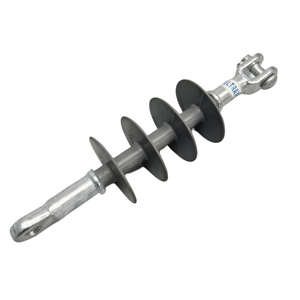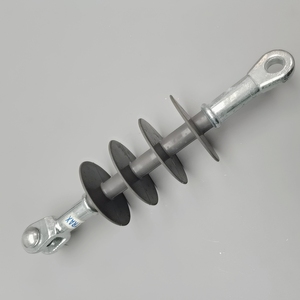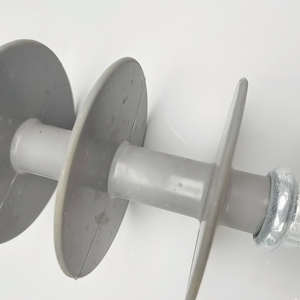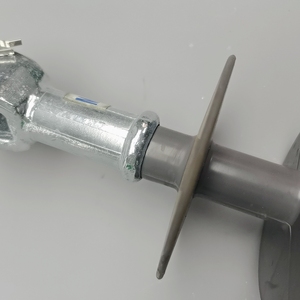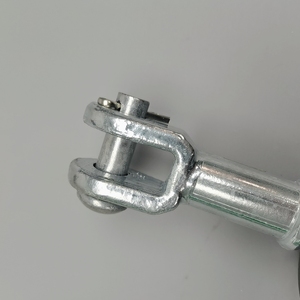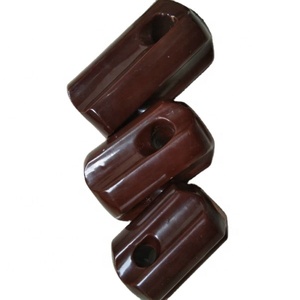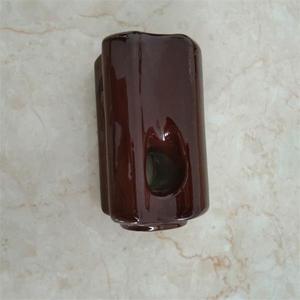Introduction to Overhead Transmission Line Insulators
Overhead transmission line insulators are crucial components designed to support and separate electrical conductors while resisting electrical, thermal, and mechanical stresses. These insulators help prevent electrical leakage and ensure the safety and reliability of power distribution systems. By maintaining the necessary clearance from the ground and other conductors, they play a vital role in preventing power outages and ensuring efficient electricity transmission across various geographical terrains.
Types of Overhead Transmission Line Insulators
There are several types of overhead transmission line insulators, each uniquely designed for specific applications and environments. Understanding these variations is essential for optimal performance and longevity.
- Porcelain Insulators: Known for their durability and high dielectric strength, porcelain insulators are often used in high-voltage applications due to their ability to withstand harsh environmental conditions.
- Glass Insulators: Transparent and robust, glass insulators offer excellent performance in preventing flashover and are easily inspected for wear and tear.
- Synthetic Insulators: Made from polymer materials, synthetic insulators are lightweight and offer superior performance in polluted environments. They are increasingly preferred due to their resistance to environmental degradation.
- Composite Insulators: Combining advantages of both porcelain and polymer insulators, composite insulators provide flexibility and resistance to mechanical forces, making them ideal for various climatic conditions.
Functions and Features of Overhead Transmission Line Insulators
Overhead transmission line insulators serve multiple vital functions, ensuring the efficient operation of electrical distribution systems. Here are the primary functions and features that make them indispensable:
- Electrical Isolation: Insulators prevent the electrical current from leaking to the ground or other structures, safeguarding power lines and maintaining efficiency.
- Structural Support: They provide mechanical support for overhead lines, allowing conductors to be held securely in place despite wind and other environmental factors.
- Resistance to Weather Elements: Overhead insulators are designed to withstand extreme temperatures, UV exposure, and moisture, ensuring longevity and consistent performance.
- High Dielectric Strength: This feature prevents breakdown under voltage stress, ensuring the safe transmission of high-voltage electricity without failures.
Applications of Overhead Transmission Line Insulators
The versatility of overhead transmission line insulators makes them suitable for various applications across different sectors. Here are some of their primary uses:
- Power Transmission Lines: Insulators are primarily used in high-voltage transmission lines to maintain safe distances between conductors and other structures.
- Substation Equipment: Within substations, insulators support busbars and other electrical devices, ensuring safe and reliable operation.
- Renewable Energy Systems: In solar and wind installations, insulators help connect power generation systems to the grid efficiently and safely.
- Railway Electrification: Insulators are crucial in overhead catenary systems, allowing trains to draw power efficiently while ensuring safety standards are met.

































































